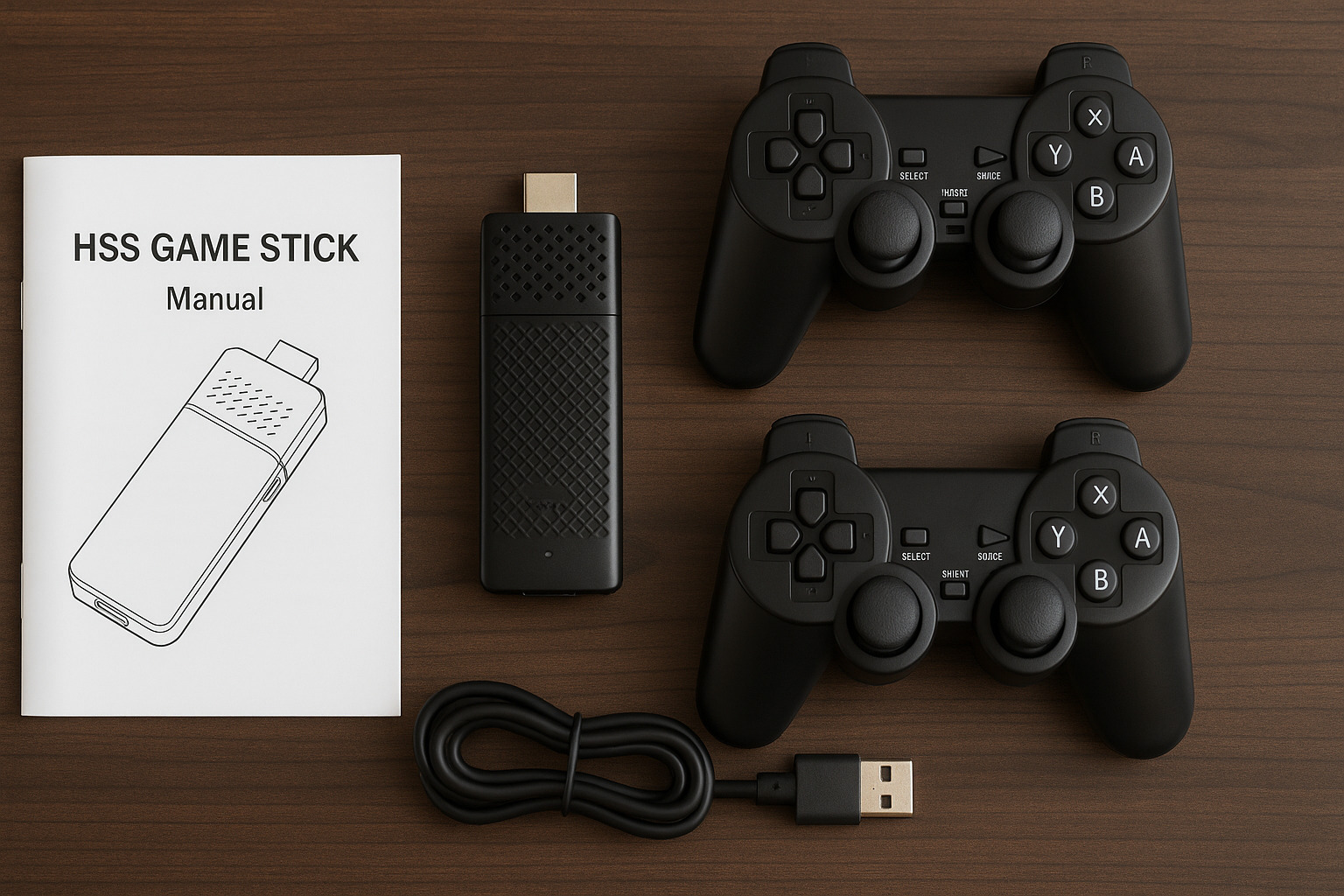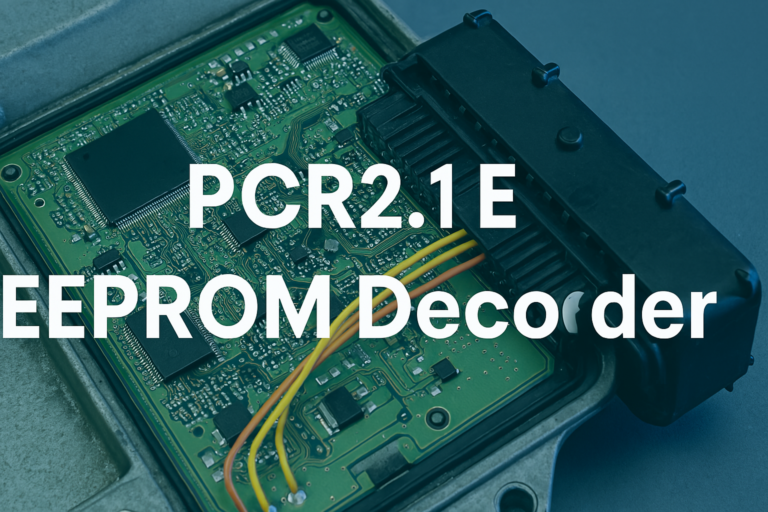manual settings hssgamestick The HSS Game Stick is a compact yet powerful retro gaming console that comes preloaded with thousands of classic games, offering a nostalgic gaming experience. One of the standout features of the HSS Game Stick is its flexibility through manual settings. While many users enjoy the plug-and-play convenience, mastering the manual settings can significantly enhance your gaming experience.
Manual settings in the HSS Game Stick allow users to customize various aspects of the console, including video resolution, controller mapping, game configuration, and network settings. This customization is especially useful for advanced users who want more control over how their games look and feel, or who are trying to optimize performance for a specific display or controller type.
Accessing the Manual Settings Menu on the HSS Game Stick
To begin customizing your HSS Game Stick, the first step is accessing the manual settings menu. After connecting the Game Stick to your TV via HDMI and powering it on, wait for the main interface to load. Using your controller, navigate to the “Settings” option on the home screen. From here, you will enter the main configuration dashboard.
In this dashboard, you will find several categories, each offering a variety of options to tweak. These include Display Settings, Audio Settings, Controller Settings, System Settings, and Network Settings. Understanding how each of these categories works is essential for fully unlocking the potential of your HSS Game Stick.
Also Read: Understanding UU Sermons on Belonging in 2025
Display Settings Optimization
One of the most commonly adjusted manual settings is the display configuration. Depending on your TV or monitor, you may need to alter the resolution settings to match the optimal screen size. The HSS Game Stick supports resolutions up to 1080p, and choosing the correct resolution ensures that the graphics are crisp and proportionate.
You can also toggle options such as aspect ratio and screen borders. Some retro games are designed for a 4:3 aspect ratio, and forcing them into 16:9 can distort the visuals. By adjusting the display settings manually, you can preserve the original look of the game and reduce input lag by disabling unnecessary visual enhancements.
Customizing Controller Settings
Another crucial area in the manual settings is controller configuration. The HSS Game Stick supports both wired and wireless controllers, and sometimes automatic detection might not configure the buttons correctly. Entering the Controller Settings menu allows you to manually map each button according to your preference.
You can assign functions to buttons, change the joystick sensitivity, and set up multiplayer controls if you’re planning to play with friends or family. Custom profiles can also be created for different game genres, making it easy to switch control schemes depending on whether you’re playing a platformer, fighter, or racing game.
Game-Specific Configuration
Some advanced users may want to delve into game-specific settings. The HSS Game Stick uses emulation software that often allows per-game configuration. By accessing these settings, you can enable or disable cheat codes, adjust emulation speed, or load custom save states.
These game-specific options are usually found under the Advanced or Emulation settings menu. You can also change the video and audio plugins for particular games to achieve better compatibility or performance. This is particularly helpful if a certain game is lagging or has graphical glitches when using default settings.
Managing Audio Settings
Audio plays a big role in the retro gaming experience, and the HSS Game Stick allows you to fine-tune these elements. From the manual settings menu, you can control volume levels, balance stereo channels, and even select between different audio output modes like HDMI or AV.
Advanced users can explore latency settings if they notice audio lag. Syncing the audio properly with the visuals is essential, especially for rhythm-based games or those that rely heavily on sound cues. The right configuration can drastically improve immersion and make the overall gameplay more enjoyable.
Network and System Settings
If you plan to update your HSS Game Stick firmware or download additional content, you’ll need to configure the network settings manually. The console supports Wi-Fi connectivity, and the manual settings allow you to scan for available networks and input your Wi-Fi credentials.
System settings include language selection, time zone configuration, and firmware updates. You can also perform a factory reset from this menu if you want to start fresh or troubleshoot major issues. Additionally, enabling auto-save features and choosing your default emulator for each game system are possible within this section.
Enhancing Performance with Manual Settings
One of the main reasons to explore manual settings on the HSS Game Stick is to boost performance. By turning off background processes or animations, users can allocate more system resources to gameplay. This results in smoother performance and reduced lag, especially for resource-intensive emulated games.
Furthermore, you can disable shaders or filters that may cause stuttering. Simplifying these visual effects can help older games run more reliably on modern screens without introducing unnecessary strain on the system.
Using Manual Settings to Personalize Your Experience
Personalization is key when it comes to making the most out of your HSS Game Stick. Manual settings let you customize everything from boot animations to menu themes. You can install different skins or background music to make the interface more engaging.
For gamers who enjoy organizing their library, manual settings also allow for the creation of custom game lists and favorites. You can rearrange games, create categories, and even upload your own box art or screenshots to personalize the visual appeal of your game library.
Troubleshooting Common Issues with Manual Settings
Sometimes, incorrect manual configurations can cause issues such as no video output, unresponsive controls, or system crashes. If this happens, accessing the recovery menu or resetting to default settings is usually the quickest fix. Keeping a backup of your preferred settings is highly recommended, especially before experimenting with advanced options.
If you find that your controller stops responding, re-check the controller mapping. For display issues, ensure that the resolution set in the HSS Game Stick matches your TV’s capabilities. Internet connection problems can often be solved by manually re-entering your Wi-Fi credentials and checking signal strength.
Final Thoughts on Manual Settings HSS Game Stick
The manual settings of the HSS Game Stick provide a powerful toolkit for users who want to go beyond the default experience. Whether you’re optimizing performance, customizing controls, or personalizing the interface, understanding these options can turn a simple plug-and-play device into a fully customized retro gaming powerhouse. It may take a little time to explore all the settings, but the payoff is a smoother, more immersive, and tailored gaming experience.
FAQs about Manual Settings HSS Game Stick
What should I do if my controller isn’t working properly after setup?
You should go to the Controller Settings and manually map each button to ensure proper functionality. You may also need to re-pair a wireless controller.
How can I improve video quality on my HSS Game Stick?
Manually set the resolution to match your TV’s native resolution. Adjust aspect ratio and disable visual filters that might distort the original graphics.
Can I add or delete games using manual settings?
While manual settings allow game sorting and customization, adding or deleting games usually requires accessing the file system via USB or SD card.
Why is the sound not syncing with the visuals?
Check the audio latency settings in the Audio Settings menu. Switching output modes or reducing audio buffering may help.
How do I reset all settings back to factory defaults?
Go to System Settings and select the factory reset option. This will erase all manual configurations and restore original settings.







